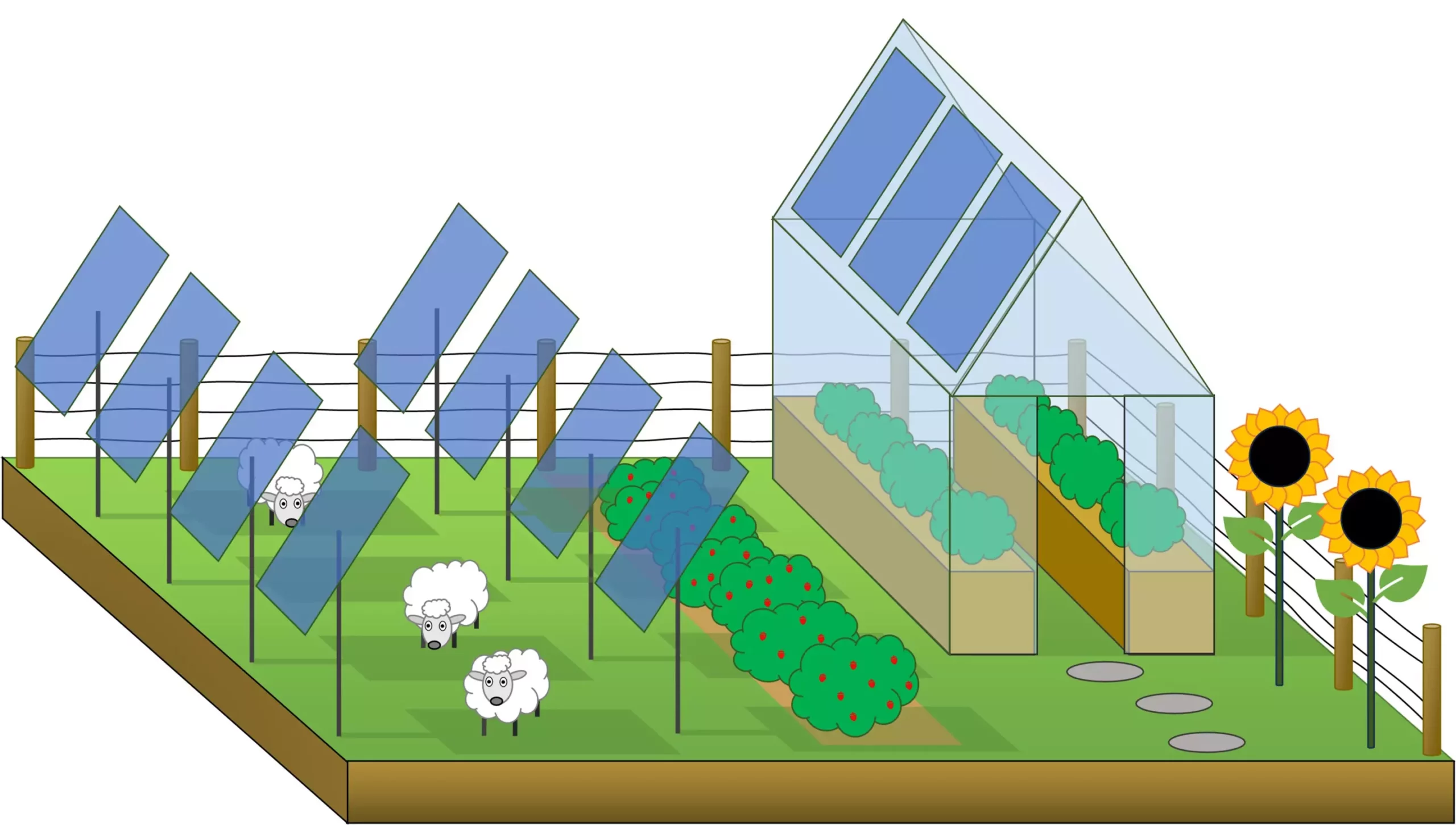Recent developments at Swansea University have paved the way for a groundbreaking tool aimed at optimizing the synergy between agriculture and solar energy production. The significance of this research lies in the potential for semi-transparent photovoltaic (PV) materials to not only generate solar power but also enhance crop growth. Published in the journal Solar RRL, the study conducted by a team of physicists delves deeply into how these materials can coexist harmoniously within agricultural environments, leading to the promising field of agrivoltaics.
The innovative freeware tool developed by the team stands out as a critical component of this research. It forecasts key metrics such as light transmission, absorption, and power generation capabilities of various PV materials in diverse geographical contexts. By leveraging a combination of geographic, physical, and electrical parameters, researchers can assess the effectiveness of different materials in real-world applications. Austin Kay, the lead author and Ph.D. candidate, emphasizes the importance of this technology, stating it holds the potential to inform decisions about balancing food production with renewable energy generation.
Central to the success of agrivoltaics is the meticulous selection of PV materials, which necessitates an in-depth understanding of how each material absorbs light at different wavelengths. The concept of bandgap plays a key role in this process. Materials with a wide bandgap can absorb higher-energy blue light, while those with a narrower bandgap target lower-energy red light. This precise tuning allows for an optimization of the light spectrum that reaches the crops, as plants predominantly utilize red and blue wavelengths for photosynthesis, effectively reflecting green light. This tailored approach could lead to more efficient agricultural practices while simultaneously harnessing solar power.
The vision for agrivoltaics extends beyond mere energy generation; it has the potential to facilitate a significant reduction in carbon emissions within the agricultural sector. Associate Professor Ardalan Armin, the project lead, underscores the dual benefits of clean energy production and enhanced food security that come hand in hand with this technology. By strategically incorporating solar panels into farming infrastructures—such as greenhouses or polytunnels—farmers can create a sustainable system that contributes to climate goals while maintaining agricultural productivity.
Implementing PV systems in agricultural settings can take various forms, each offering unique benefits. For instance, placing solar panels on greenhouse rooftops not only provides locally generated energy but also minimizes their impact on crops. Additionally, using these installations for livestock can reduce maintenance efforts, as animals help manage the vegetation in and around the structures. However, the choice of livestock must be carefully made, as certain breeds, such as goats, pose risks by potentially damaging the PV systems.
Swansea University’s pioneering research signifies a vital step towards achieving a sustainable relationship between food production and renewable energy generation. By advancing our understanding of agrivoltaics through innovative tools and sound scientific principles, we can collectively work towards a more resilient and sustainable agricultural landscape. Integrating renewable energy into agriculture is no longer just an idea but an achievable reality that could reshape the future of both food security and clean energy initiatives.


Leave a Reply